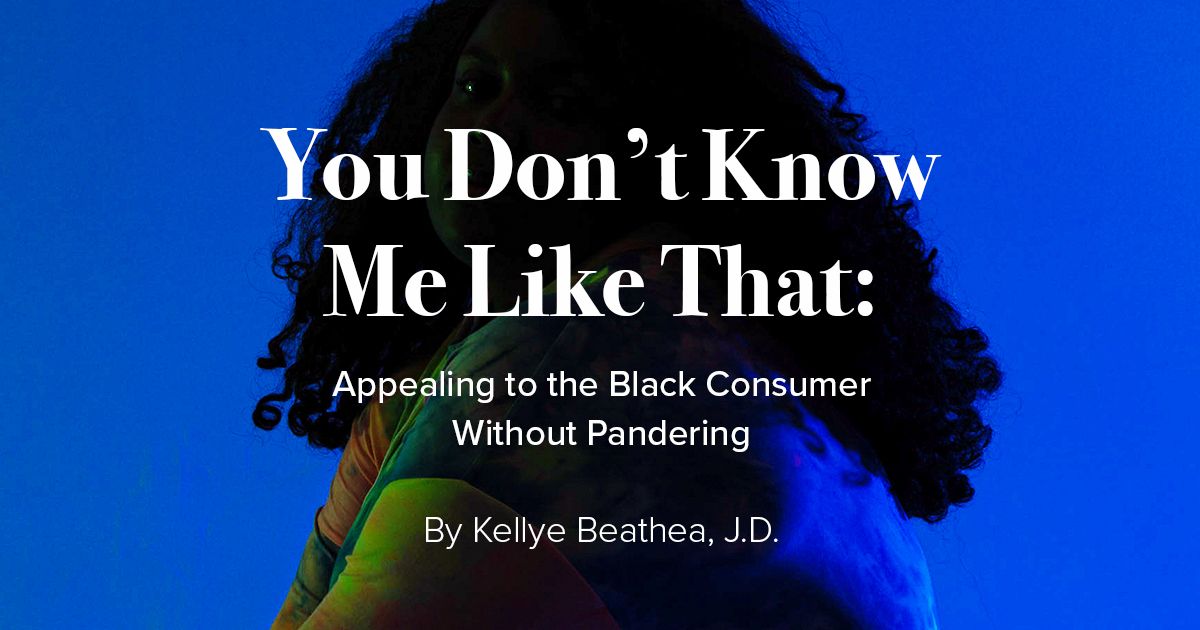February is Black History Month, and with it comes the oversaturation of advertisements and campaigns centered on the “Black experience”—rather, what marketing agencies perceive to be the “Black experience.”
According to a PRRI American Values Study, 75% percent of white Americans have social networks with absolutely no minority presence. This absence of meaningful relationships with people of color—and specifically with Black people—means that the only way white people are exposed to Blackness in any respect is through imagery circulated in media and film.
And given the lack of Black voices in advertising agencies, it also means that images circulated are actually created by the very same white people who are also drawing from their limited-to-no meaningful experiences with Black people. This absence also explains why these images are largely negative, monolithic, or altogether incorrect, perpetuating the (seemingly) never-ending cycle of dangerous stereotypes.
From McDonald’s “dip” into R&B to Gucci’s fashion faux pas in 2019, major brands and marketing entities have yet to understand 2 things:
- We are nowhere near close to being in a post-racial society, and
- Black people are not a monolith.
It is entirely possible to reach the Black consumer without pandering, let alone offending us. If anything, leaning on Black stereotypes in marketing strategies cheapens the product/brand attached to it. The Black community is extremely diverse—ethnically, socio-economically, and culturally—and our history is as equally dynamic. Understanding this will help you to better communicate with your audience. A conscious, concerted effort must be made to make the Black consumer comfortable enough (and excited enough) to buy into what you’re selling.
Here are some ways to craft a thoughtful marketing strategy geared toward the Black consumer:
- Follow and invest in the Black voices in our industry. Make a concerted effort to recruit and retain more Black writers, content creators, and thought leaders in your business. Having just one Black person on your team providing insight on “Black issues” is not only unrealistic, but also incredibly burdensome.
- Keep any content you create clear and concise. The experiences of Black Americans vary widely by state, by city, and even by block. Because of the cultural diversity in the Black community, avoid unexplained (and overused) slang, abbreviations, and cultural references.
- Never reduce individuals or groups down to a single element of their whole person or position an individual or individuals as representative of a larger group.
- Most importantly, understand that it is not the responsibility of Black people to lead and do this work. We need those in the marketing/advertising industry to acknowledge the complicit and overt role our industry has played for centuries in the dehumanization of Black people, and then work diligently to correct it.
The more we recognize one’s full humanity in the advertising space, the less we’ll see one-dimensional, pandering marketing strategy, and the more we can hold each other accountable to pushing Black imagery and narratives that reflect, revive, and restore all of what Black culture has to offer (and has already offered) the American marketing landscape.
